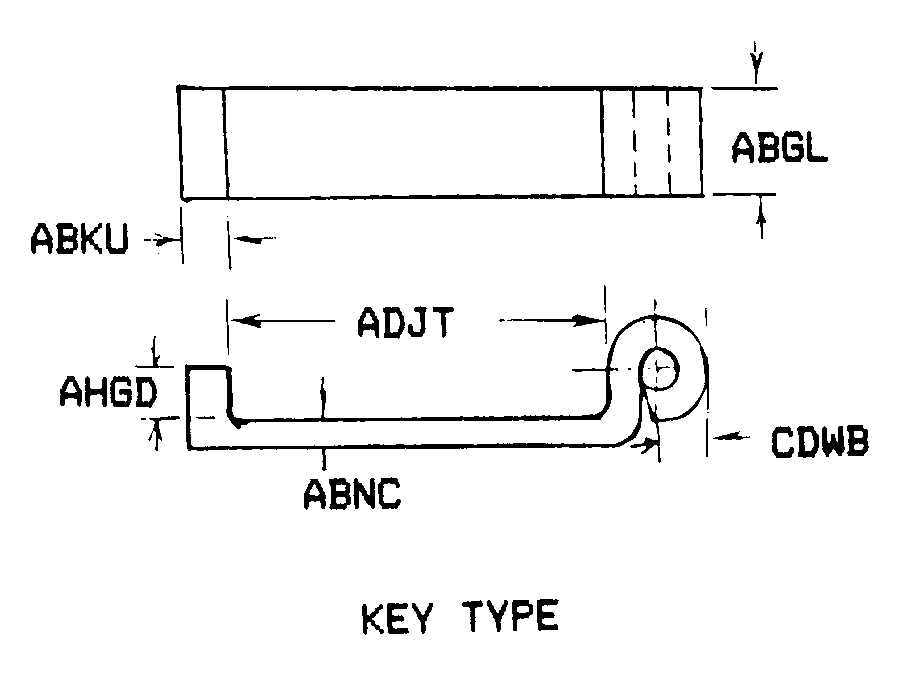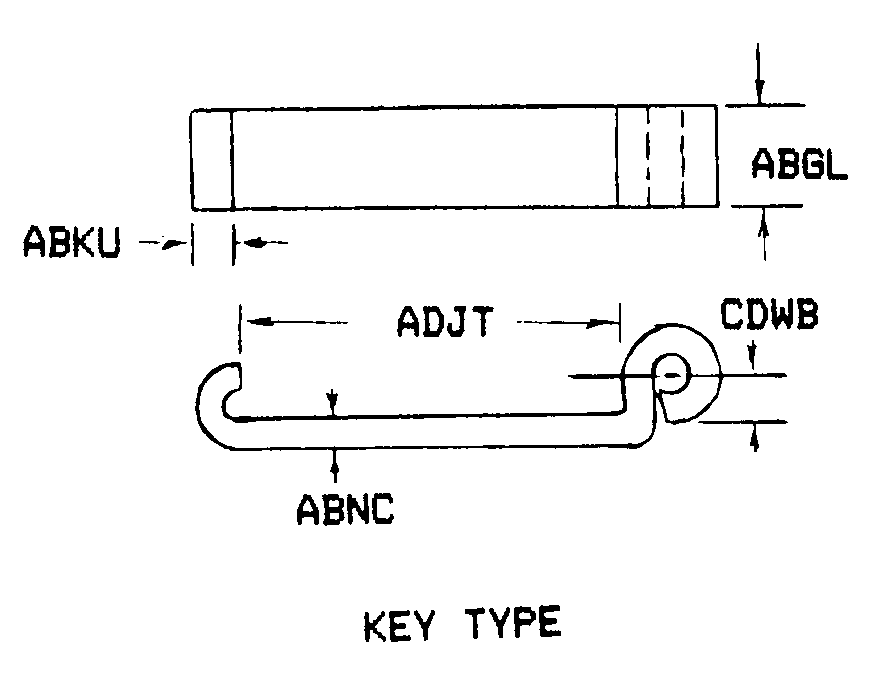5340014359531
Price Quote Get an up to date pricing and availability quote for this product. Order online or over the phone.
Quality Commitment
Serving our customers with quality and safety first.
- AS9120 Certified
- Audited supply chain
- ITAR Registered
- DDTC Registered
- HAZMAT Certified
- Customer service objectives
- Every product 100% inspected

5340-01-435-9531 Specification Set by the OEM (see RNCC code 3)
0.115in. and 0.125in.
0.035in. and 0.045in.
0.178in.
0.188in.
pacer dawn
0.144in. and 0.151in.
0.047in. and 0.056in.
original dwg name lock, rod end; distance from hole center to end 0.058 to 0.062 in.; item goes on main landing gear retract actuator, p/n 20600-9, w/nha p/n being 2010010, fscm 17576
steel, MIL-S-6758
steel comp 4130
MIL-S-6758 mil spec single material response
cadmium
key type
cadmium
Cross Reference Parts Part numbers that meet the specification outlined on this page and set by the OEM
Identification Item Identification Guide (IIG) and Item Name Code (INC)



Definition Definition of approved item name (AIN): "RETAINER,ROD END LOCKING"
A rigid metallic item specifically designed to be installed in the grooves of a rod end. When installed it prevents rotation of a threaded fastener, such as a jam nut and the like, and must have facilities for a lock wire.
5340-01-435-9531 Material Hazmat, Precious Metals, Criticality, Enviroment, and ESD
Indicates there is no information in the hmirs. The nsn is in a fsc in table ii of fed std 313 and a msds may be required by the user. The requirement for a msds is dependent on a hazard determination of the supplier or the intended end use of item.
Item does not contain precious metal.
Represents items with no adp components
The item does not have a nuclear hardened feature or any other critical feature such as tolerance, fit restriction or application.
Identification Codes
HMIC: Hazardous Material Indicator Code. A one position code that identifies a hazardous item.
PMIC: Precious Metal Indicator Code. A one position code which identifies items that have precious metals as part of their content. precious metals are those metals generally considered to be uncommon, highly valuable, and relatively superior in certain properties such as resistance to corrosion and electrical conductivity.
ESD: Electrostatic Discharge. Indicates if an item is susceptible to electrostatic discharge or electromagnetic interference damage. electrostatic discharge damage occurs when an accumulation of static electricity generated by the relative motion or separation of materials is released to another item by direct contact. electromagnetic interference damage occurs when an item comes into proximity with an electrostatic or magnetic field.
ENAC: Enviromental Attribute Code. Identifies items with environmentally preferred characteristics.
CRITL: Criticality Indicator Code. Indicates an item is technically critical by tolerance, fit, application, nuclear hardness properties, or other characteristics.






